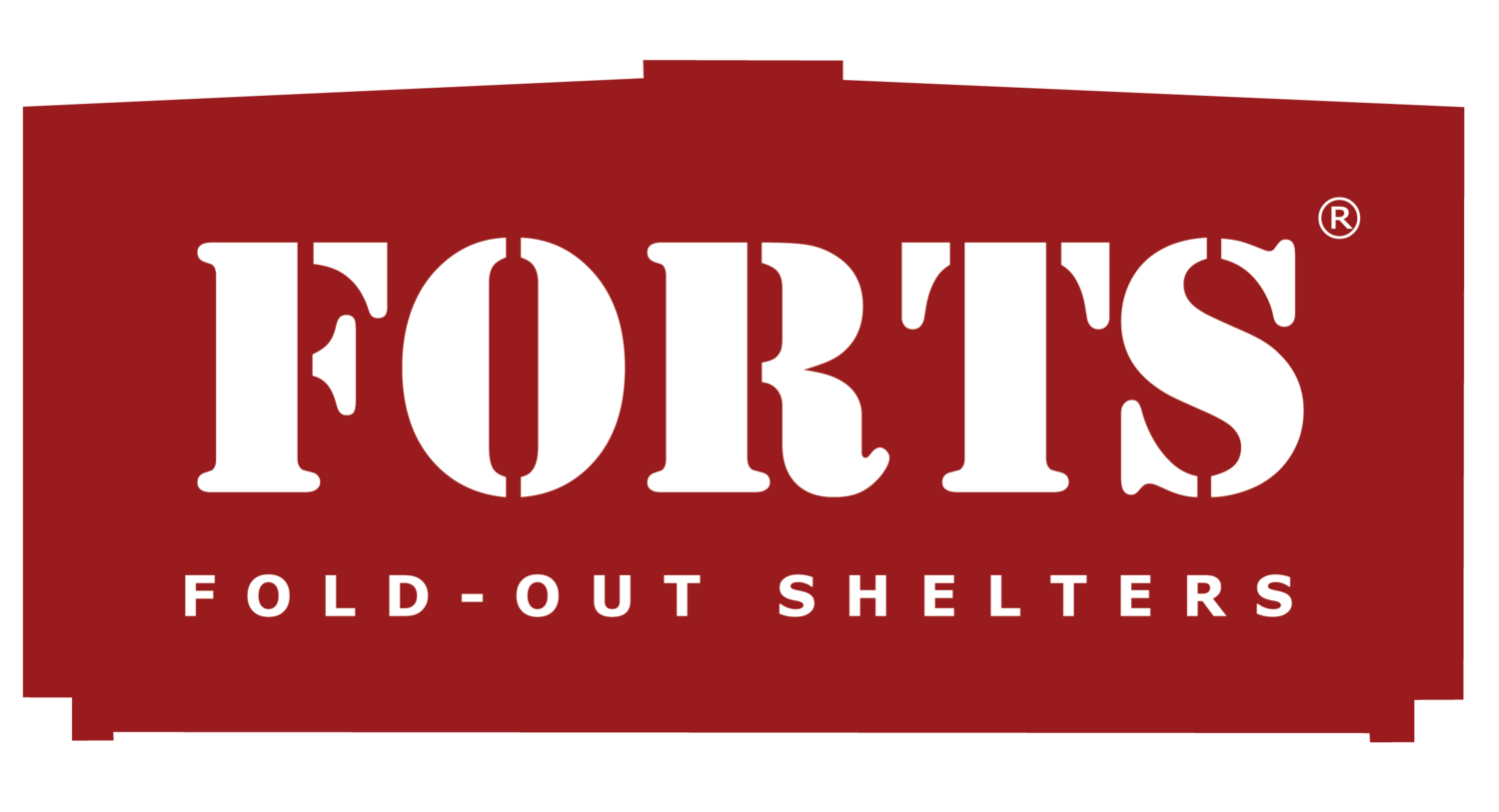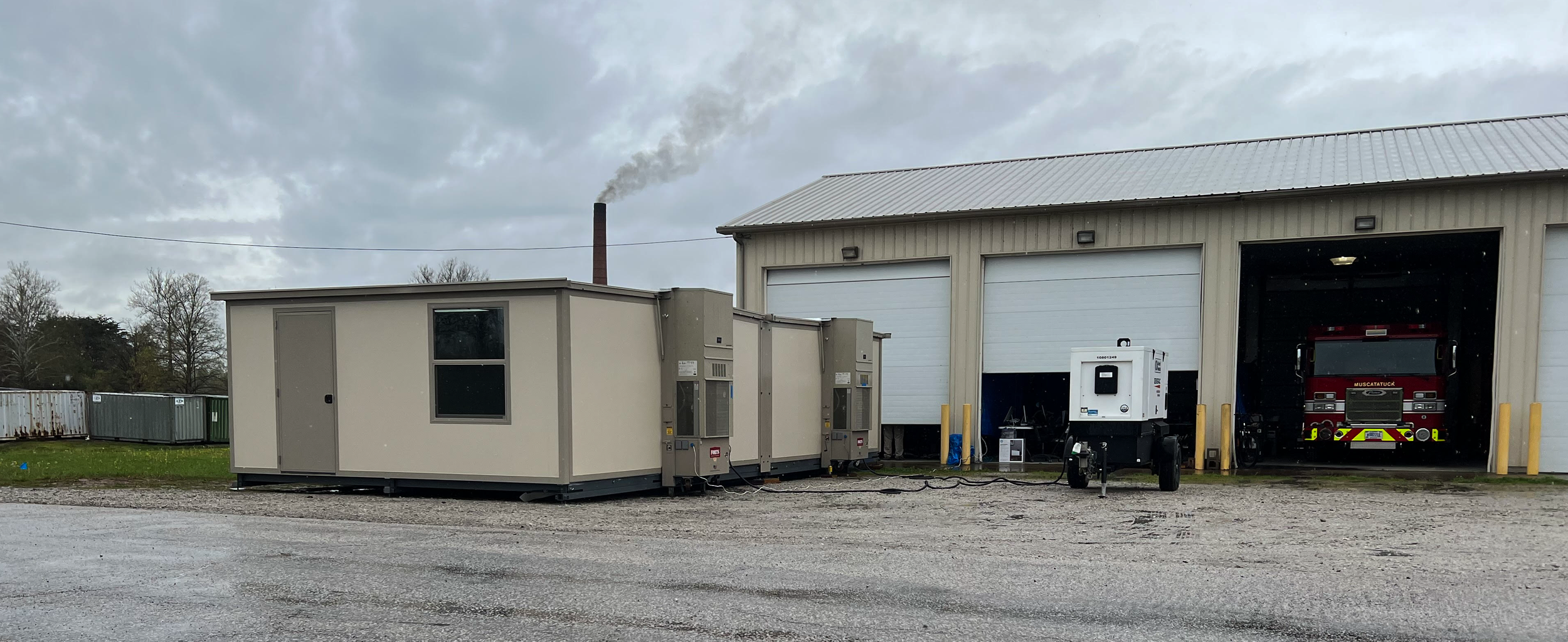What Cities Really Need to Approve a Short-Term Rental Facility for First Responders
As agencies across the country invest in modernizing their fire/EMS stations, police stations, emergency infrastructure, and municipal services, one common challenge emerges…. where to house first responders during new construction, renovations or unexpected crises.
Short-term housing units like FORTS Fold-Out Shelters provide an appropriate, fast, functional, and cost-effective solution. However, for many organizations, navigating the permitting process can be confusing, especially when the word “Fire Station” triggers permanent infrastructure requirements.
That’s why calling your facility a Short-Term Rental for First Responders can streamline approvals and open the door to faster deployment. Here’s exactly what most organizations need to help get your project approved.
Understanding the Jurisdiction's Approval Process
Every state, county, and city may have different processes, codes, or ordinances, but the approval process typically involves several key departments:
Planning & Zoning – Reviews land use compatibility.
Building Department – Assesses structural safety and code compliance.
Fire Marshal / Fire Department – Ensures life safety and operational requirements.
Public Works / Utilities – Confirms and provides access to the necessary infrastructural requirements.
Terms to Avoid
If you use the term “Temporary Fire Station,” some jurisdictions may require full site plan reviews or treat your project like new construction.
Instead, use neutral, temporary-use language like: Short-Term First Responder Housing, Quarters, or Facility
This helps the AHJ process the request as a temporary structure, possibly making approval much faster and easier.
Site Selection and Zoning Compatibility
Before placing your unit, confirm that the location:
The site is zoned for the intended use.
The site will allow temporary structures during the duration of the construction process (not permanent foundations).
Can safely accommodate emergency vehicles and daily operations.
If the site isn’t zoned for the proposed use, you may need a:
Temporary Use Permit (TUP)
Variance
Administrative Review
Special exception.
* Have pre-meetings with all stakeholders to get ahead of what will be required.
Community & Environmental Considerations
AHJ often considers how your facility will impact the community, especially in residential or shared-use zones. Be ready to share:
Noise Abatement Plans (quiet HVAC units, shift schedules)
Lighting Plans (down-facing, non-intrusive LED lights)
Emergency Lighting / Generator Use
Duration of Deployment (be clear if it’s 3, 6, or 12 months)
Tips for Fast, Friendly Approval
Here’s how to win over decision-makers:
Replace “Temporary Fire Station” with:
Short-Term First Responder Housing, Quarters, or Facility
Bring a full spec packet with: fix formating
Floorplans
Photos of past deployments
Structural certifications
Insurance and liability coverage
Ask to present at a planning meeting or city council session to answer questions and ease concerns.
Building Smarter, Faster Cities
With today’s rising construction costs and growing climate threats, it’s never been more important for cities to have mobile infrastructure that can support first responders, without the delays of permanent construction.
FORTS Short-Term Rental Facilities are engineered for rapid deployment, local compliance, and minimal disruption, giving organizations peace of mind and responders a safe, comfortable place to serve from.
DOWNLOAD PDF Planner/Checklist
Fill out the form and you will be directed to PDF Download Page instantly.



